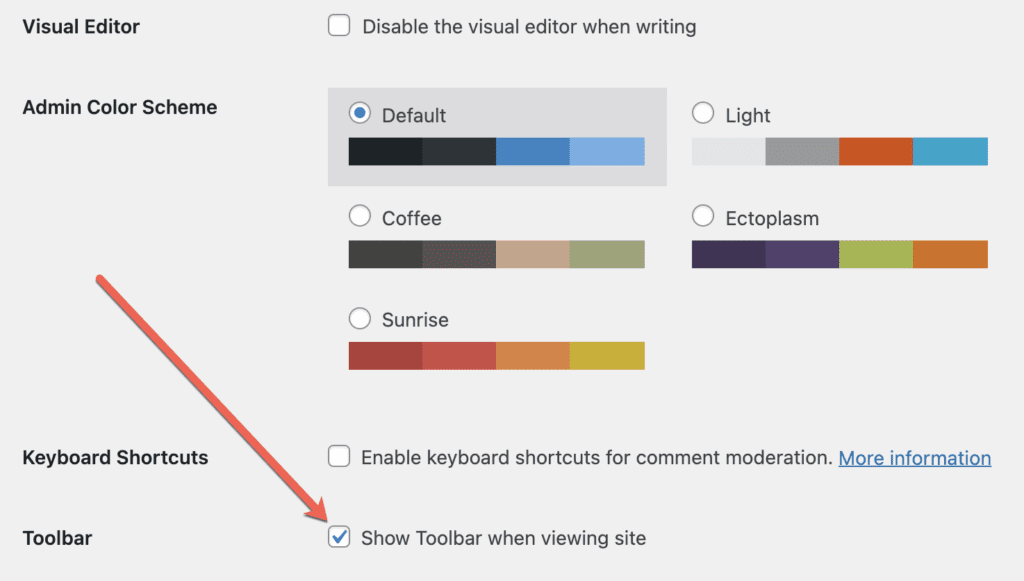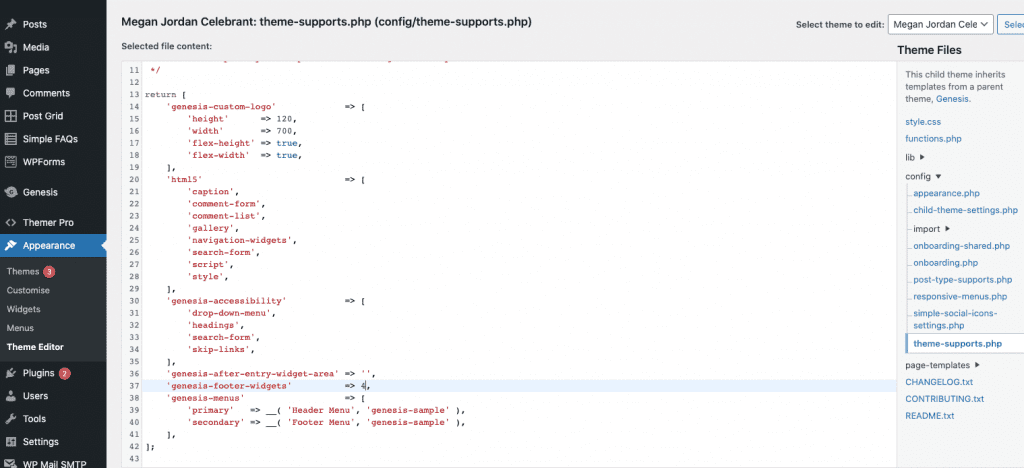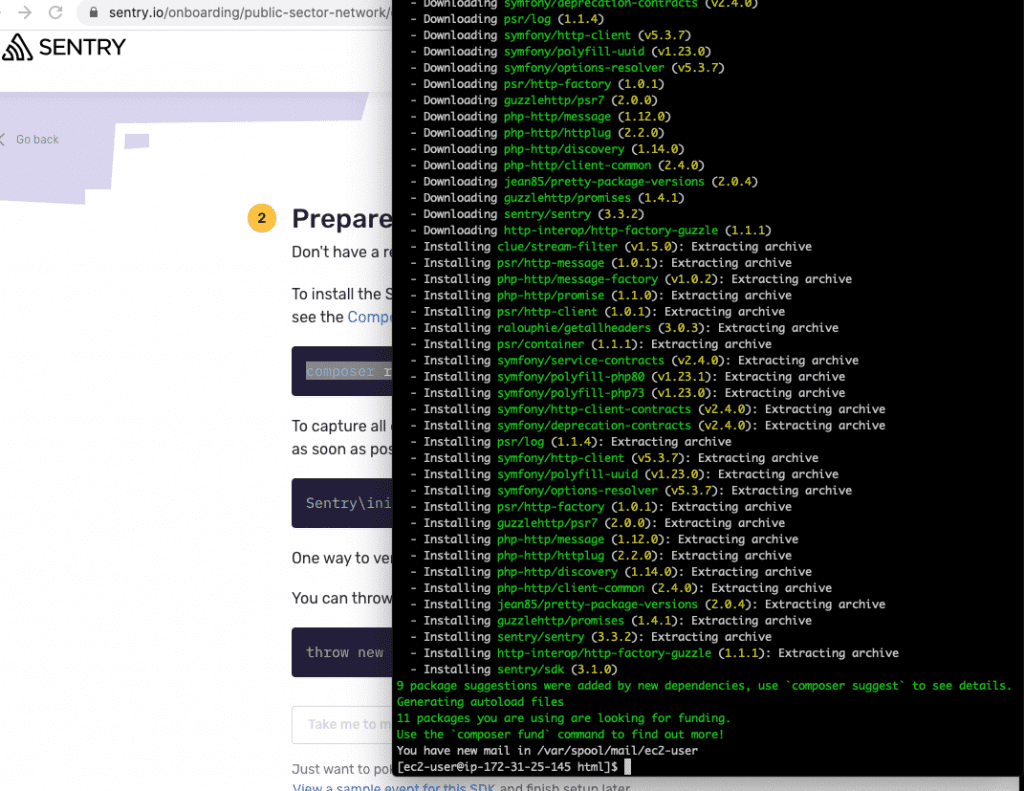You’ve probably never thought of using Chat GPT for WordPress development, but there are good reasons to try it. ChatGPT is a powerful language model developed by OpenAI that has the ability to generate human-like text responses based on the input it receives. It is one of the most advanced artificial intelligence systems that can be used for a wide range of applications, including web development. In this blog post, we will discuss the use of ChatGPT in the context of WordPress development.
Why Use ChatGPT for WordPress Development?
ChatGPT can be used in WordPress development for a number of reasons. Firstly, it can be used to automate repetitive tasks such as creating product descriptions, generating content for blog posts, and even coding simple plugins. This can save time and effort, allowing developers to focus on more complex tasks.
Another benefit of using ChatGPT in WordPress development is that it can help to improve the quality of the content generated. As the language model is trained on a large dataset of high-quality text, it can produce output that is grammatically correct and semantically accurate. This can be especially useful for creating content for websites, where high-quality content can play a critical role in attracting and retaining visitors.
How to Use ChatGPT in WordPress Development
There are a few different ways to use ChatGPT in WordPress development, depending on the task you are trying to accomplish. Here are a few examples:
- Content Generation: ChatGPT can be used to generate content for WordPress blog posts, product descriptions, and other types of content. To use ChatGPT for this purpose, you can either integrate the language model into your WordPress site or use the OpenAI API to generate content externally and then paste it into your WordPress site.
- Plugin Development: ChatGPT can also be used to generate code for WordPress plugins. For example, you could use ChatGPT to generate simple plugins that add functionality to your WordPress site, such as adding a custom widget or creating a custom post type.
- Theme Development: ChatGPT can be used to generate code for WordPress themes as well. For example, you could use ChatGPT to generate the HTML and CSS code for a custom theme, which you can then customize further to meet your specific needs.
Another benefit of using ChatGPT in WordPress development is that it can help to improve the quality of the content generated. As the language model is trained on a large dataset of high-quality text, it can produce output that is grammatically correct and semantically accurate. This can be especially useful for creating content for websites, where high-quality content can play a critical role in attracting and retaining visitors.
Tips for Using ChatGPT in WordPress Development
- Use clear and concise inputs: To ensure that ChatGPT generates the output you want, it is important to provide clear and concise inputs. For example, when generating content, be sure to specify the type of content you want, such as a blog post or product description, and any specific requirements you have for the content, such as word count or tone.
- Train the language model on specific data: If you want ChatGPT to generate output that is specific to your WordPress site or niche, you can train the language model on data from your site or from other sites in your niche. This will help to ensure that the output generated is relevant and of high quality.
- Evaluate the output generated: Before using any output generated by ChatGPT, it is important to evaluate it to ensure that it is of high quality and free of errors. This can be done by proofreading the output, checking for grammatical errors, and checking for accuracy.
ChatGPT for Advanced WordPress Development
In the previous section, we discussed the basic uses of ChatGPT in WordPress development, such as content generation and plugin development. However, ChatGPT can also be used for more advanced tasks such as building custom post types, Advanced Custom Fields, PHP functions, WooCommerce development, CSS keyframes, CSS pseudo-classes, and plugins.
- Custom Post Types: ChatGPT can be used to generate code for custom post types in WordPress. For example, you can use ChatGPT to generate the code for a custom post type for products, which can then be used to display your products on your WordPress site. This can be especially useful for e-commerce sites built on WordPress, where custom post types can help to improve the user experience and make it easier to manage your products.
- Advanced Custom Fields: ChatGPT can also be used to generate code for Advanced Custom Fields in WordPress. Advanced Custom Fields allow you to add custom fields to your WordPress posts, pages, and custom post types, which can be used to store additional information about your content. With ChatGPT, you can generate code for these custom fields, making it easier to manage your content and improve the user experience on your WordPress site.
- PHP Functions: ChatGPT can be used to generate PHP functions for your WordPress site. For example, you could use ChatGPT to generate functions that perform specific tasks, such as retrieving data from your database or displaying custom content on your site. By using ChatGPT to generate these functions, you can save time and effort, allowing you to focus on other aspects of your WordPress development projects.
- WooCommerce Development: ChatGPT can be used to assist in WooCommerce development for WordPress. For example, you could use ChatGPT to generate code for custom product categories, custom product pages, and custom checkout pages. With ChatGPT, you can quickly and easily add custom functionality to your WooCommerce site, making it easier to manage your products and improve the user experience.
- CSS Keyframes and Pseudo-Classes: ChatGPT can be used to generate code for CSS keyframes and pseudo-classes. Keyframes are used to specify the styles for different points in time during a CSS animation, while pseudo-classes are used to select elements based on their state or position in the document. By using ChatGPT to generate code for these CSS features, you can save time and effort and improve the visual appeal of your WordPress site.
- Plugins: Finally, ChatGPT can be used to generate code for custom WordPress plugins. For example, you could use ChatGPT to generate a plugin that adds custom functionality to your WordPress site, such as a custom dashboard widget or a custom post type. By using ChatGPT to generate this code, you can save time and effort and quickly add custom functionality to your WordPress site.
But first, a caveat
While like Github Co-pilot ChatGPT is an excellent tool to assist and speed up WordPress development, without an understanding of the WordPress Eco-system including hooks, filters, arrays, template files and the template hierarchy – ChatGPT is unlikely to be of much use. Some wisdom and context of when to use what functions in what manner is required to be able to properly implement the suggestions made. I very much see ChatGPT as a tool to aid development and not a replacement for a real developer.
Ask the right questions
The way to get the most out of ChatGPT is to know how to ask the right questions. For example an end user may search for something like “Make my header work on iphone” which would generate a different output than “make my header responsive on all devices.” The latter would ensure the header and logo shrink to the container size, whereas the first query would probably give you a hamburger menu on iphone.
Know where to modify the code
ChatGPT will give you parent divs, child elements etc and in order for the code to work your site has to have the same markup as the output generated. If you don’t understand this concept this will be hard to implement.
There is no playground
Unlike tools like Codepen which show you the visual outcome of the code being generated, ChatGPT doesn’t have a built in IDE viewer so it’s absolutely not for beginners in WordPress Development.



